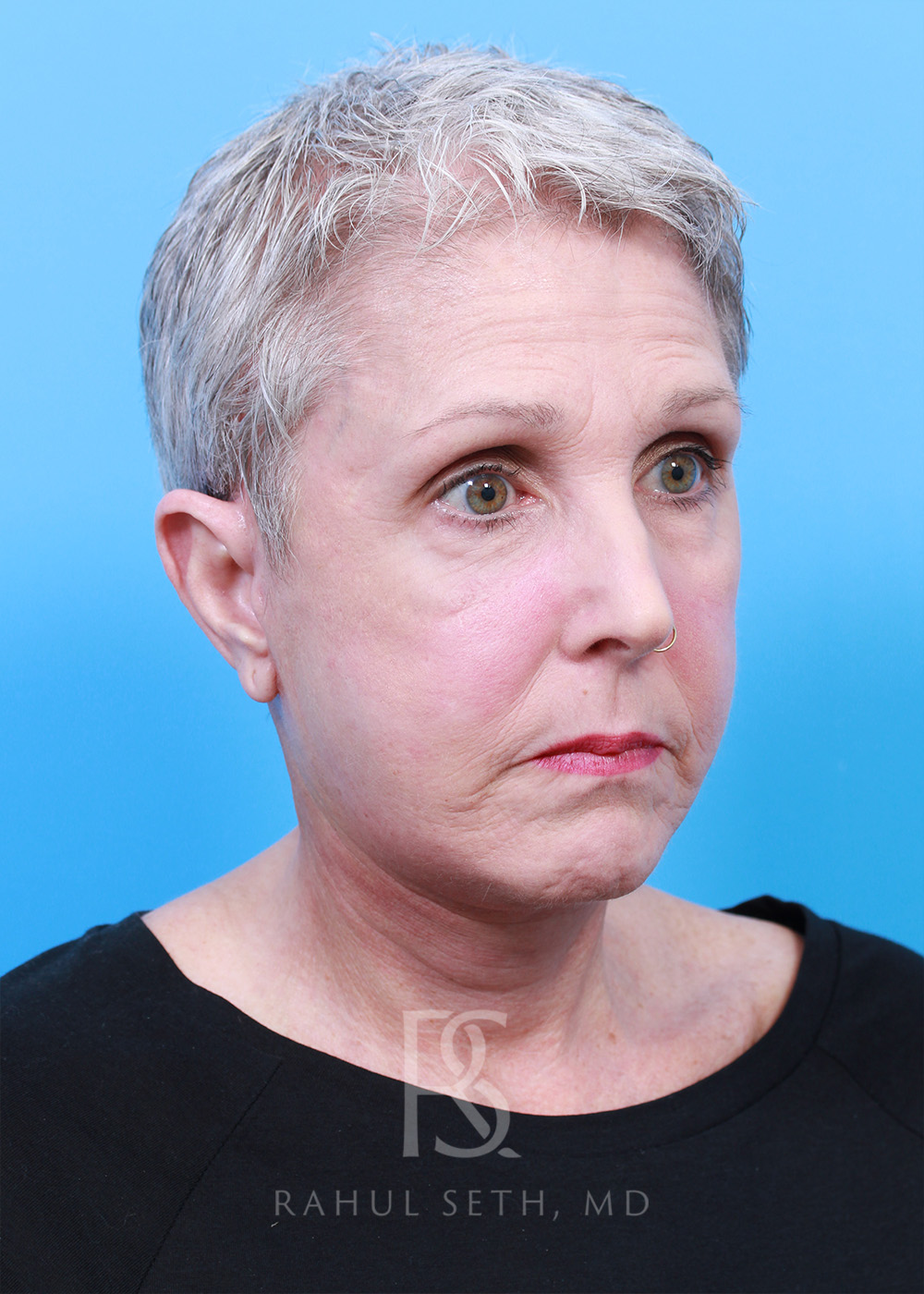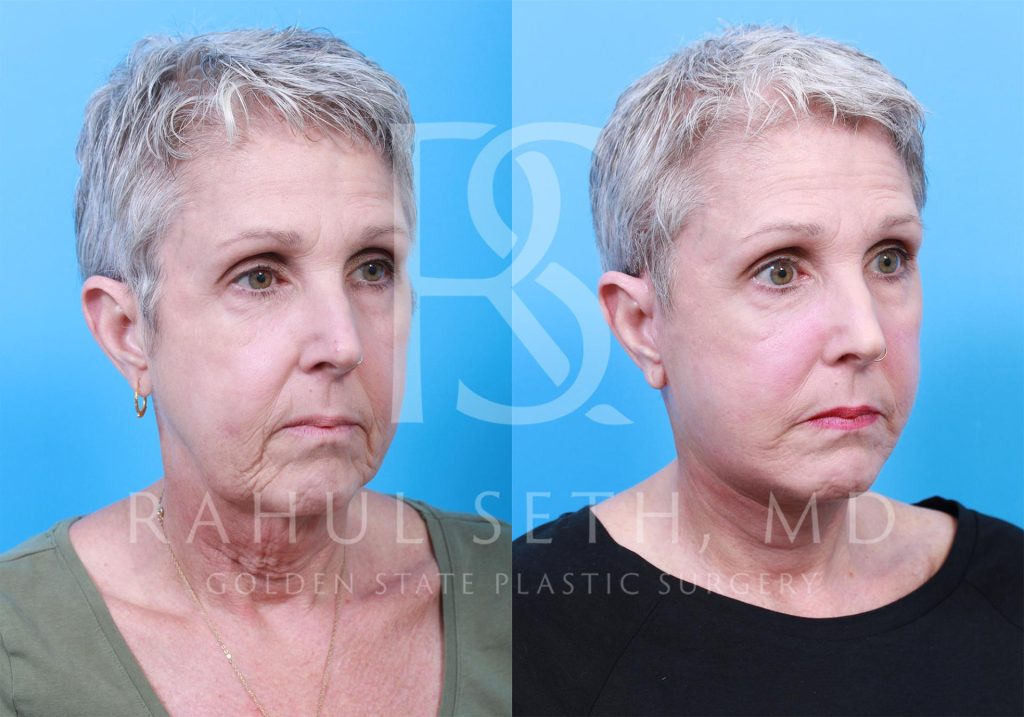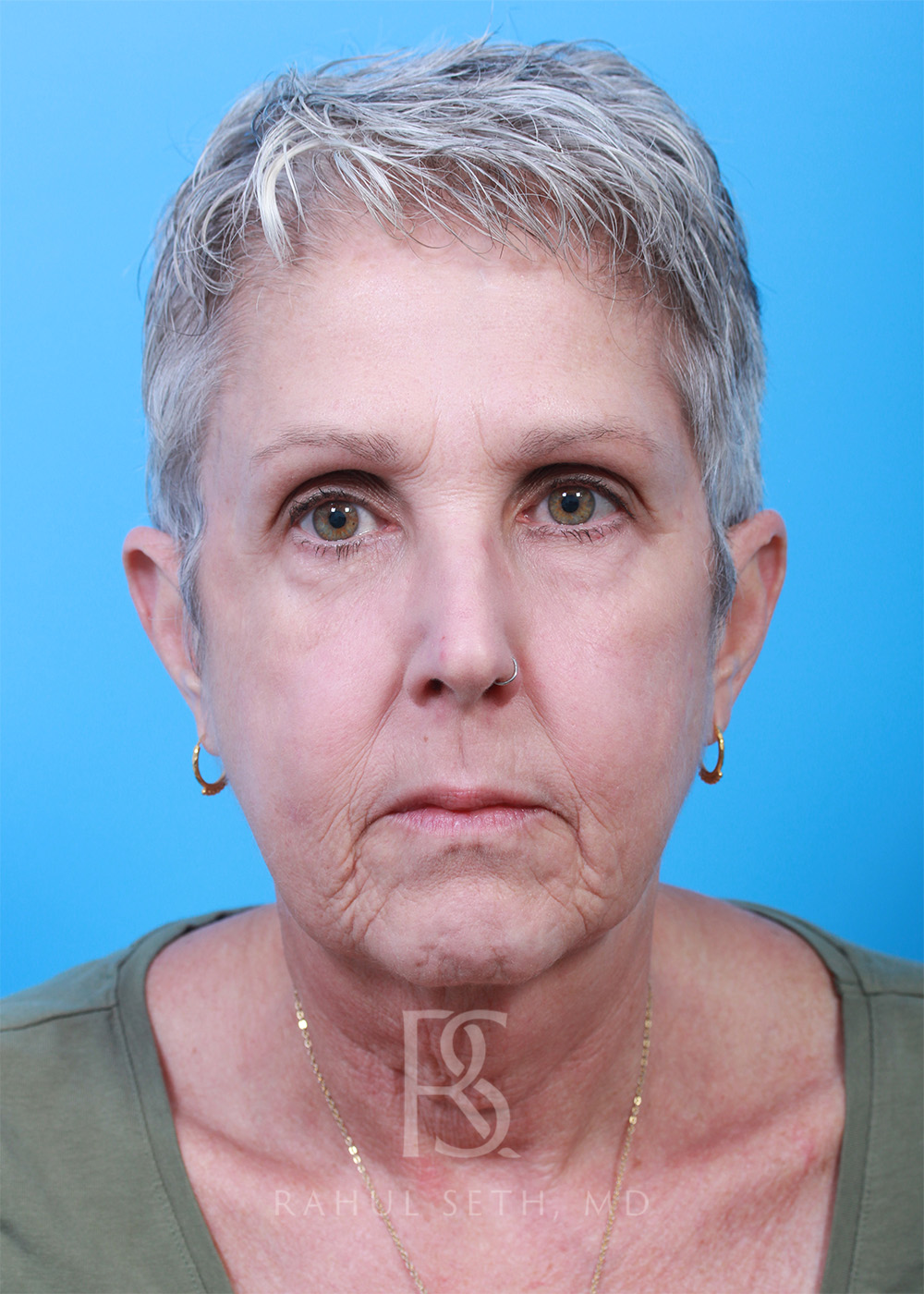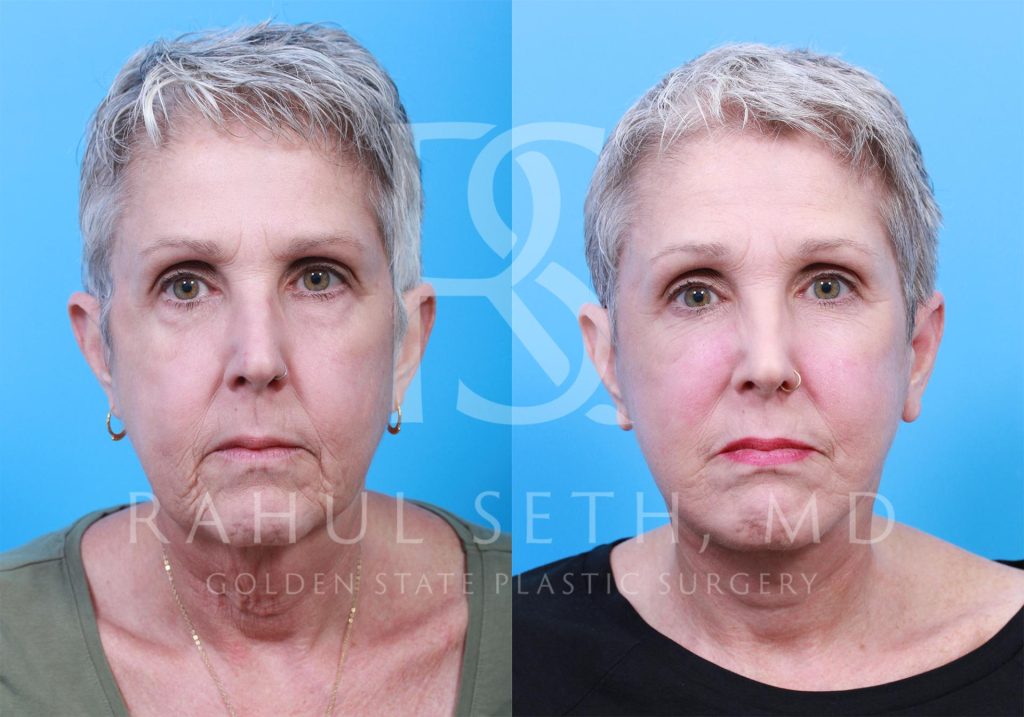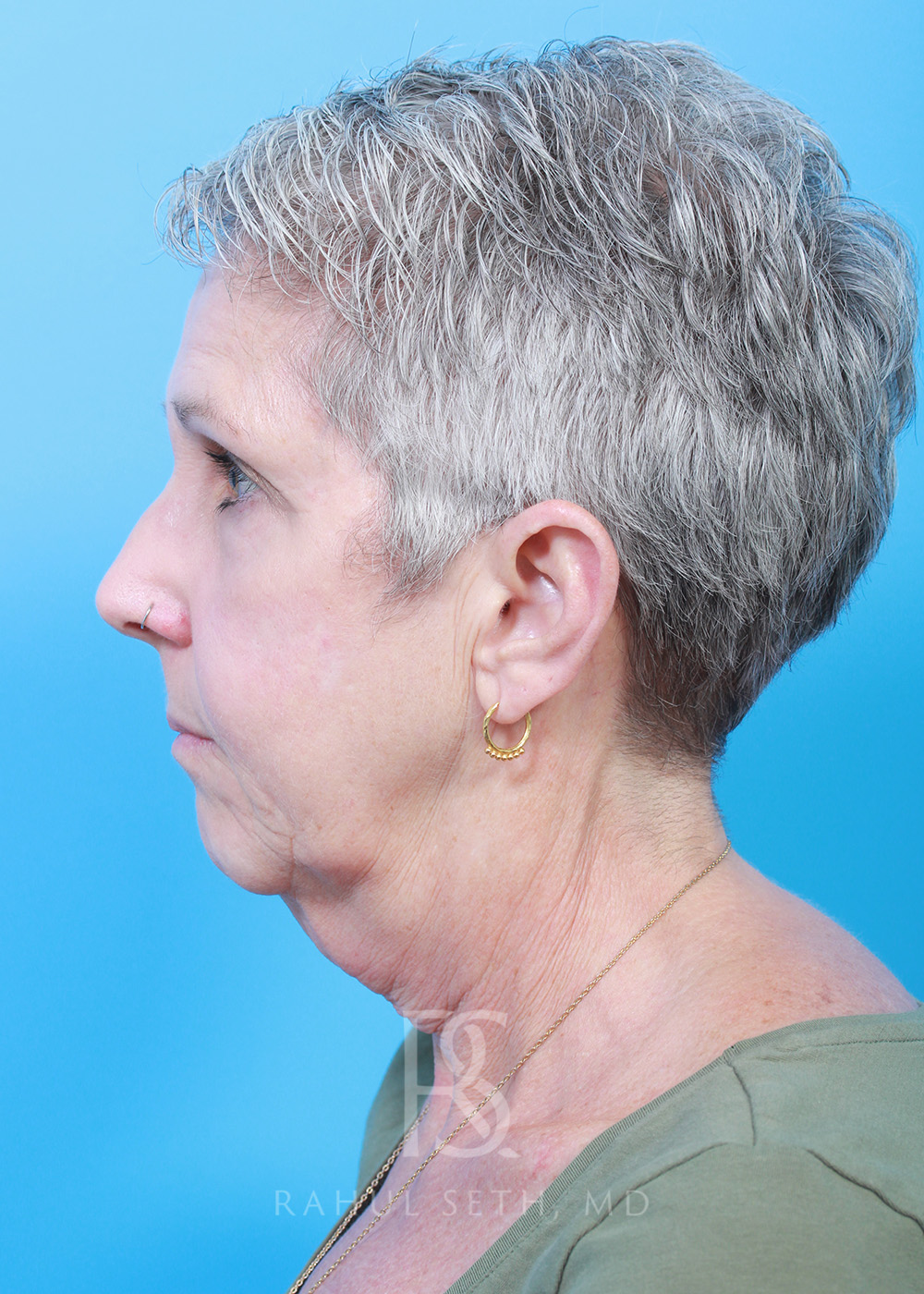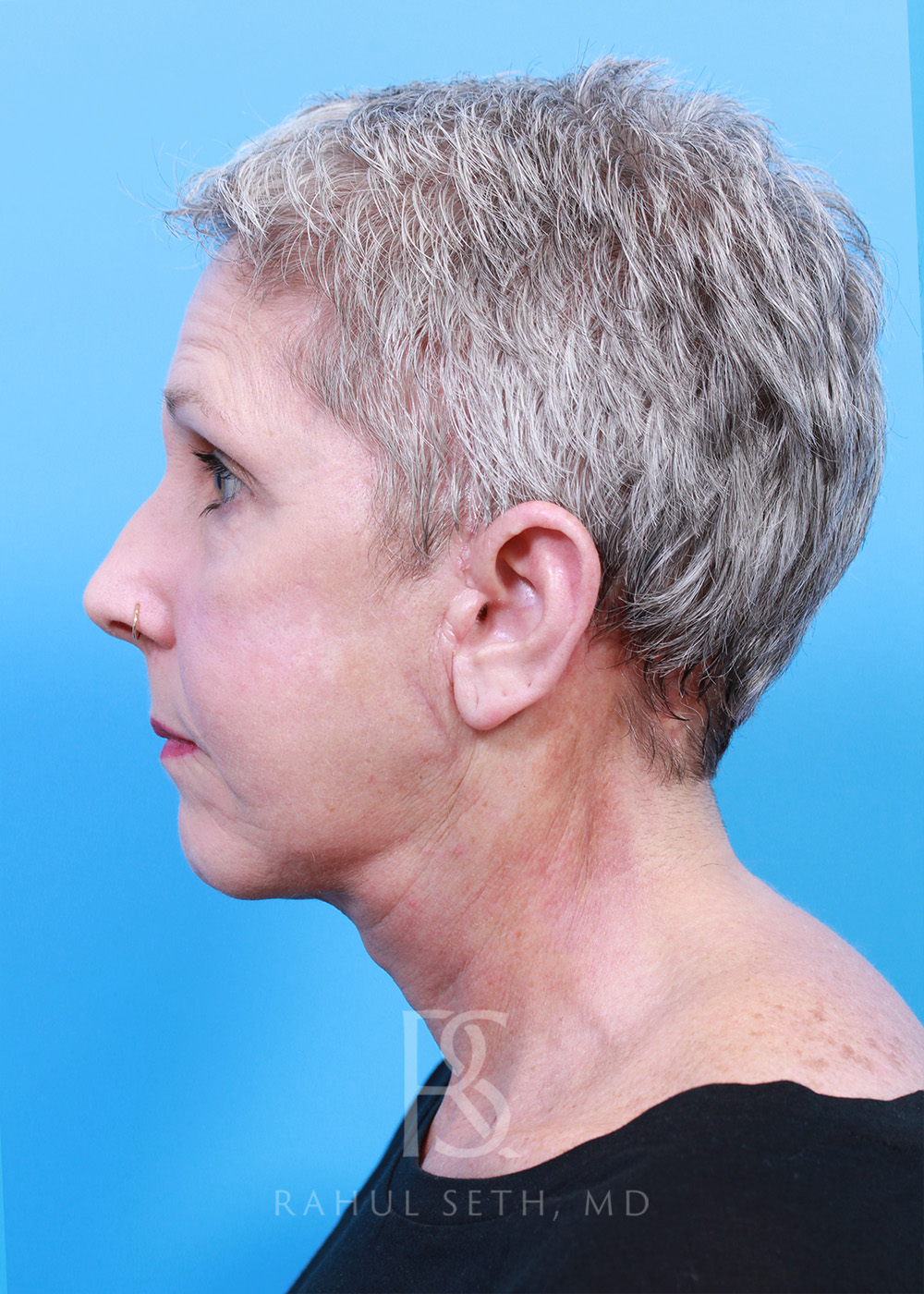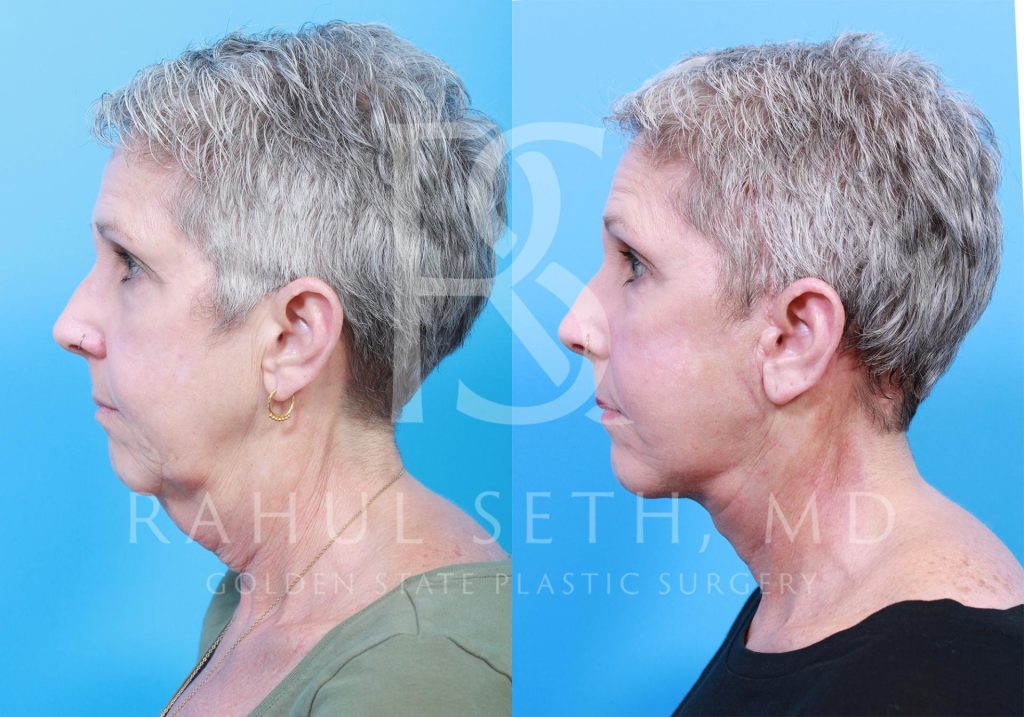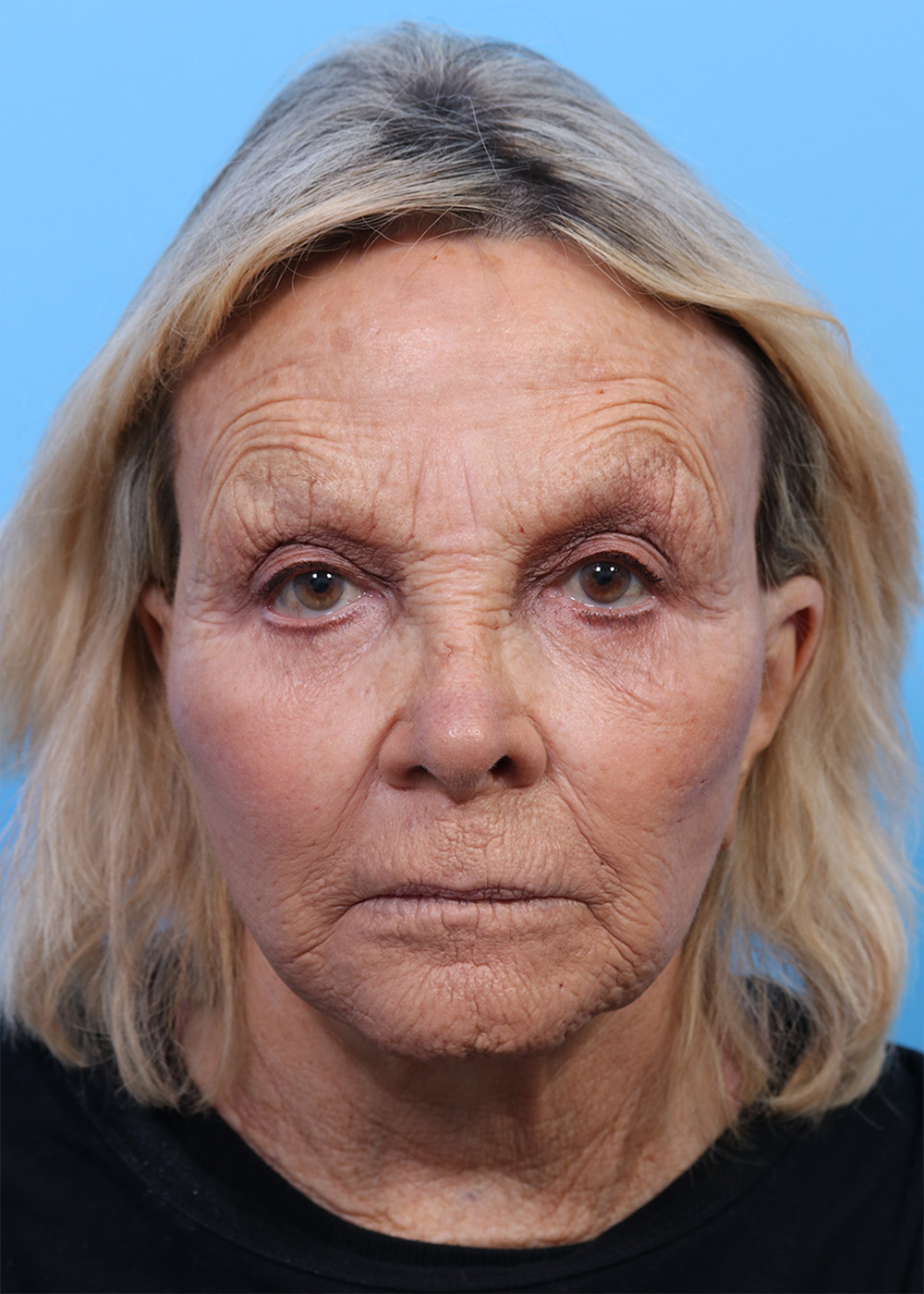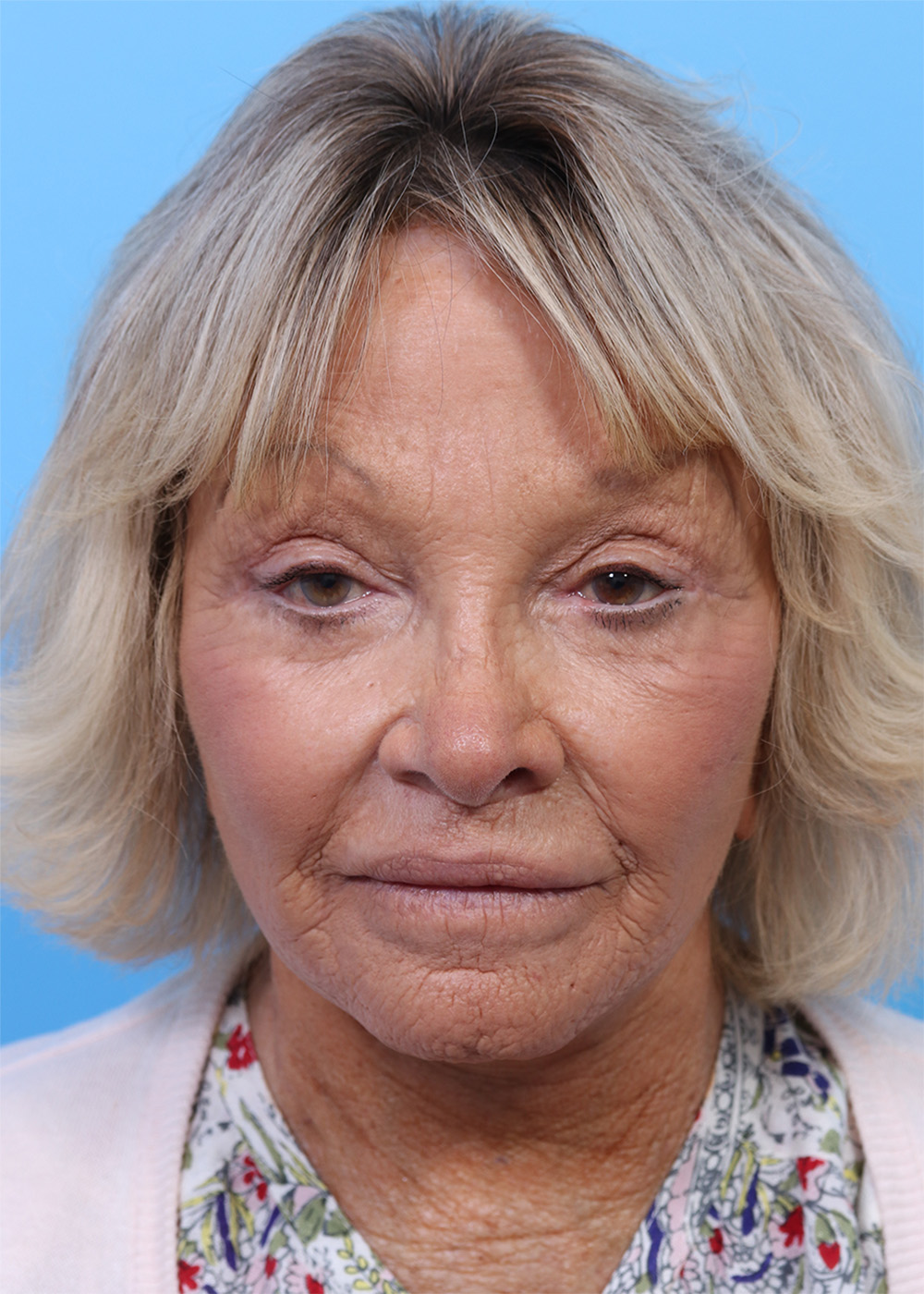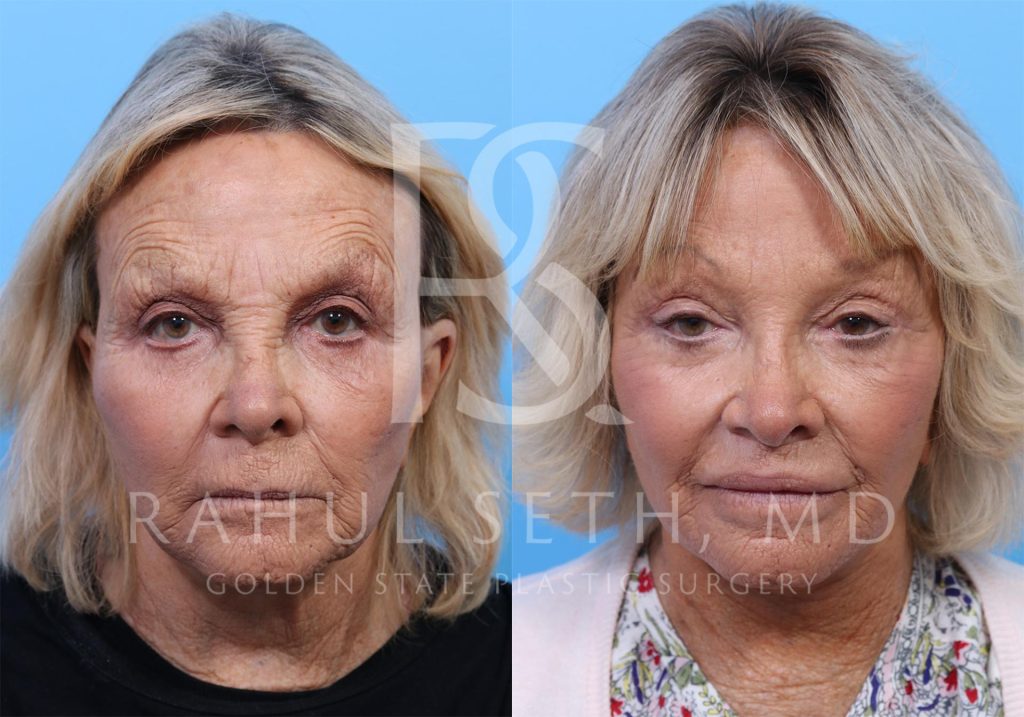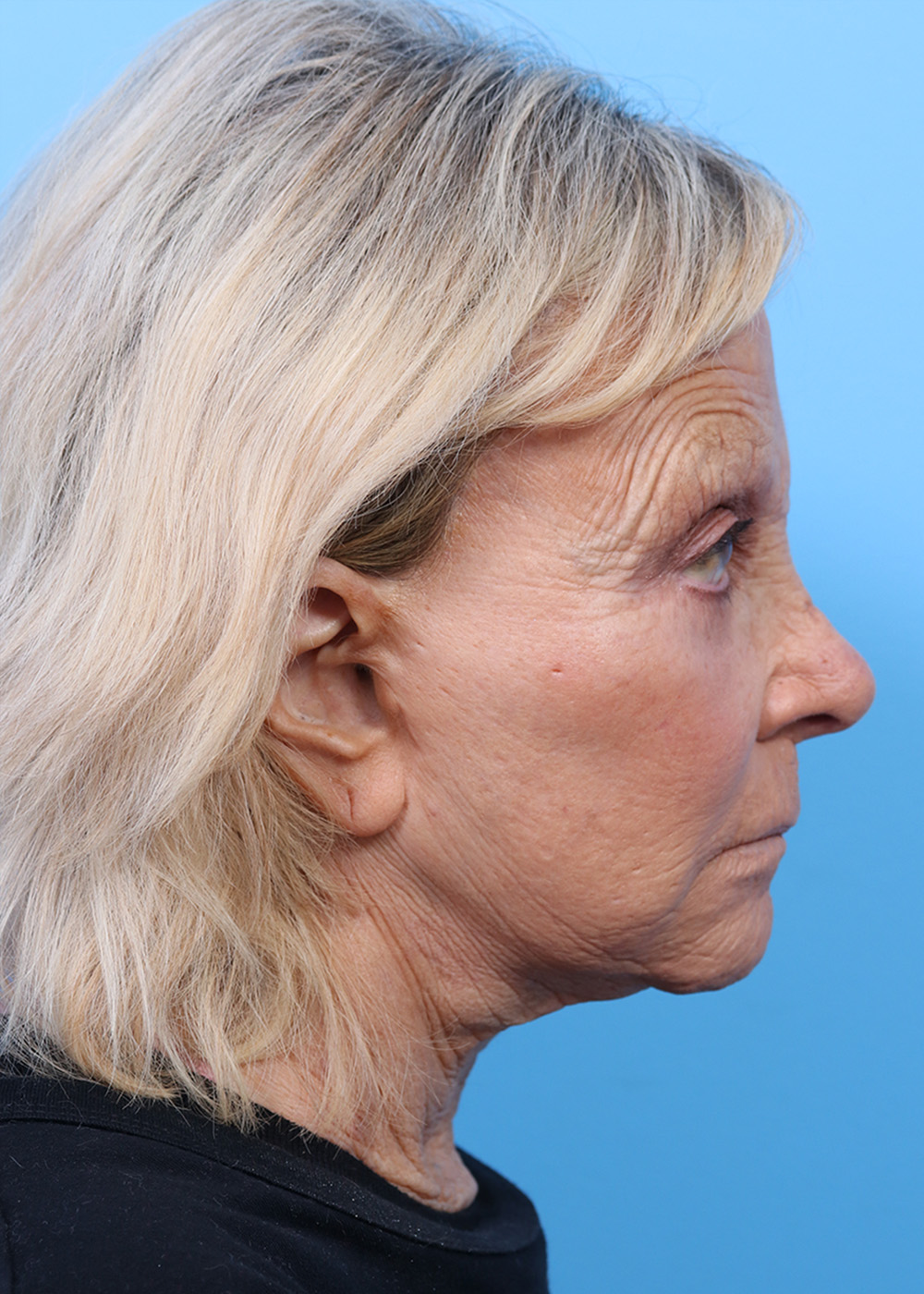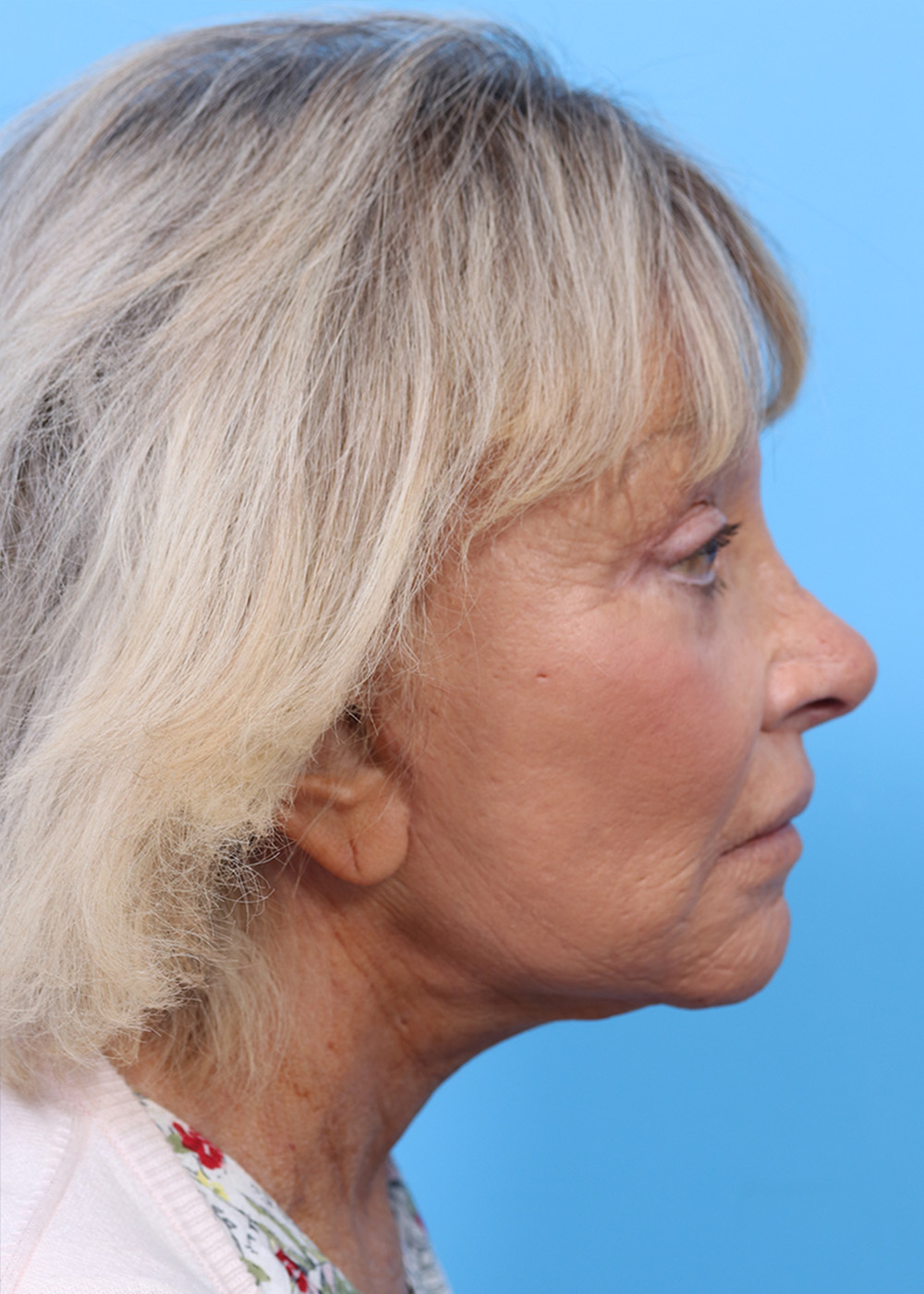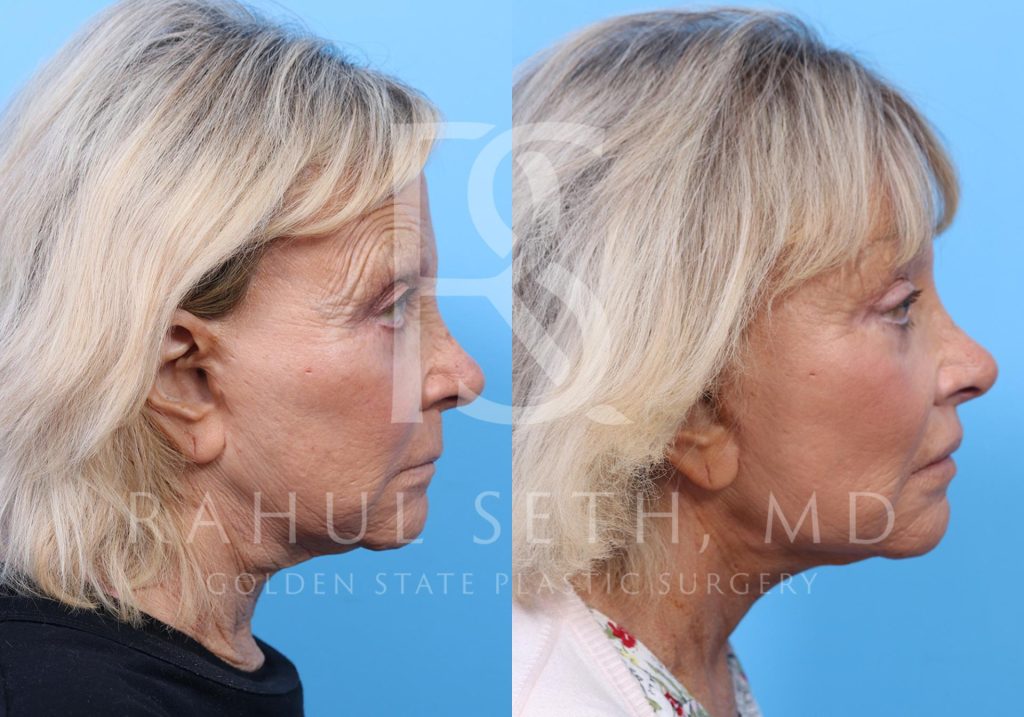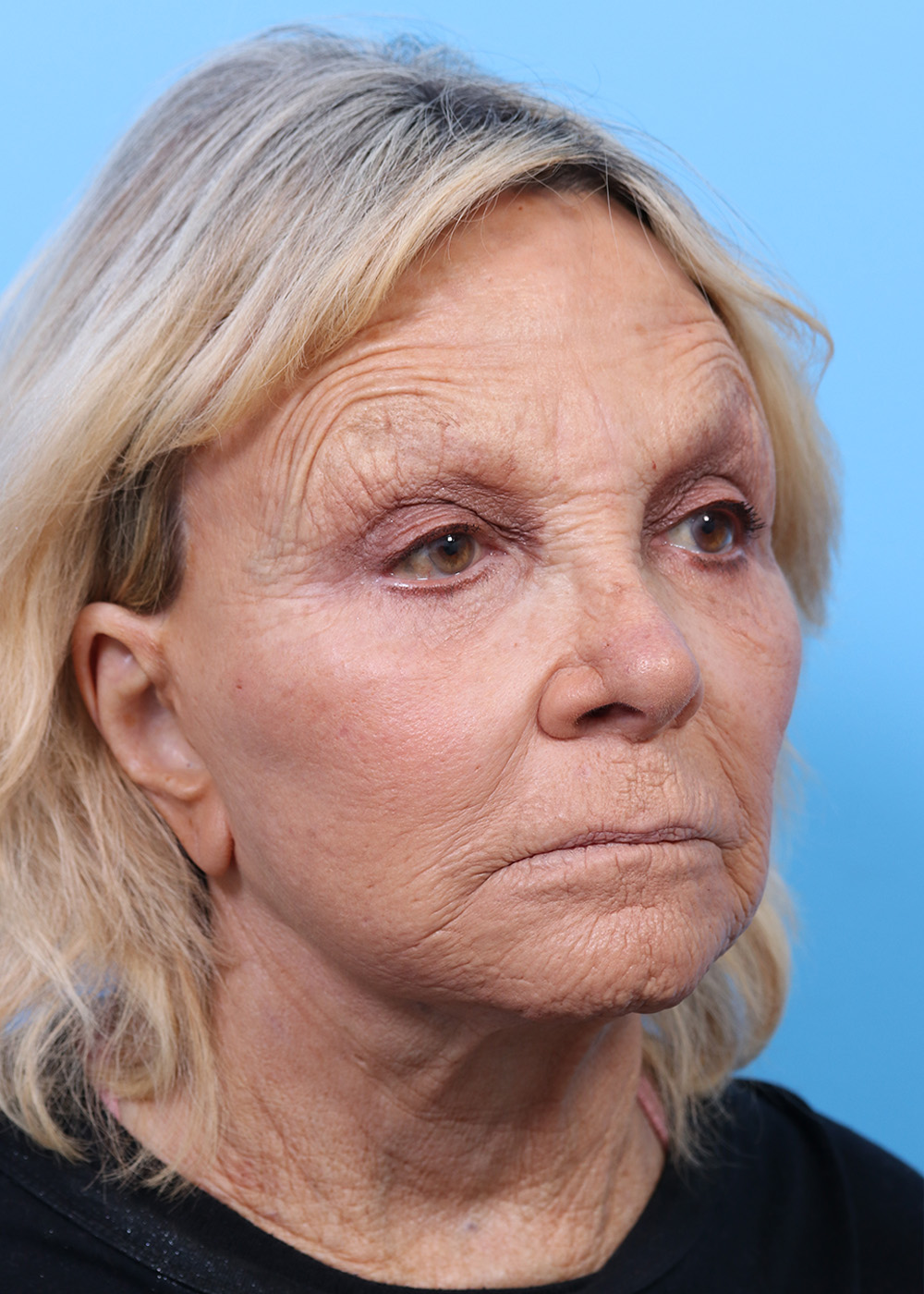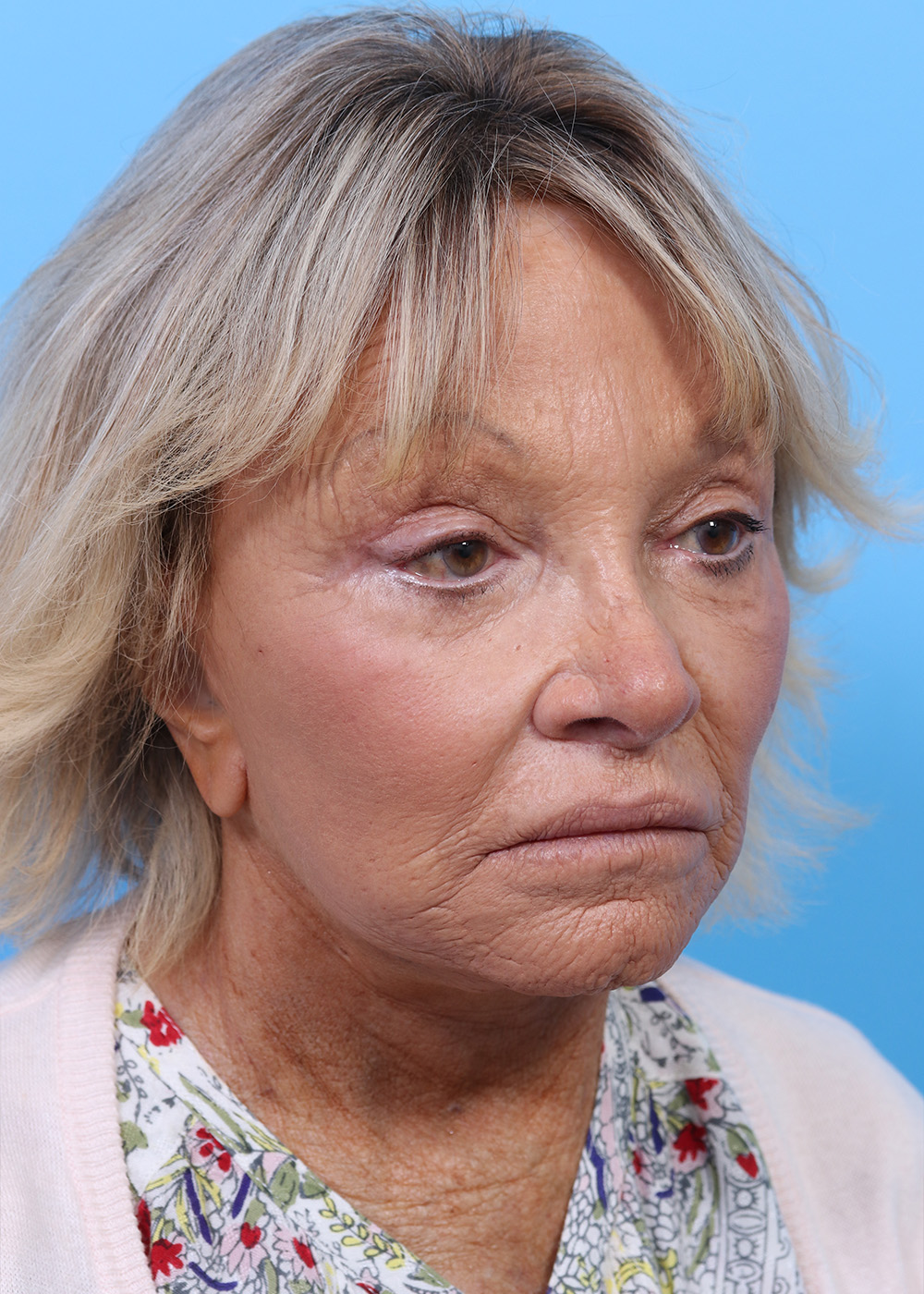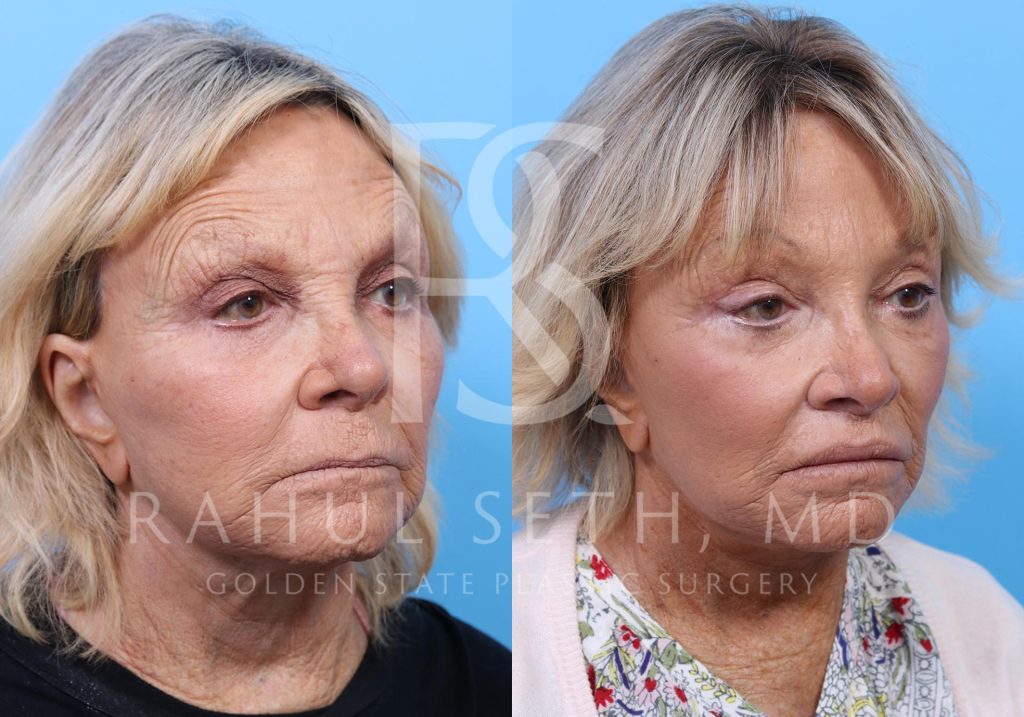Hair Restoration
Hair Restoration Overview
During PRP, your own blood platelets are injected into the vascular layer of your scalp. The under-producing or dormant hair follicles are then capable of producing thick hair again. The procedure is completed in three quick steps.
Step 1: A small amount of blood is drawn using a collection tube, and placed into a centrifuge.
Step 2: Once the blood has separated into layers, the platelet-rich plasma is drawn into a syringe. This takes about 10 minutes.
Step 3: The plasma is injected strategically into targeted areas of the scalp using a small needle. Depending on the specific situation and your doctor’s discretion, a local anesthetic may be used, too.
PRP is fast and reasonably priced, with no recovery process or downtime following the procedure. It’s typically given in several treatments, a month apart, with maintenance appointments 2-4
Candidates
You may be a good hair restoration candidate if you are:
- Lorem ipsum dolor sit
- Lorem ipsum dolor sit
- Lorem ipsum dolor sit
- Lorem ipsum dolor sit
Procedure
Lorem ipsum dolor sit amet, consectetur adipiscing elit. Mauris massa massa, lacinia ac massa a, placerat condimentum est. Vestibulum tempor hendrerit orci, ac finibus orci. Praesent vulputate tempor feugiat. Quisque congue tellus vitae suscipit eleifend. Aenean sapien magna, ultrices eget interdum vel, eleifend eget nisi. Nam porta nisl vitae dictum blandit. In ullamcorper vestibulum justo vitae maximus. Nam fermentum, quam a auctor interdum, dolor nulla pharetra ipsum, ac venenatis orci eros ac nisl. Sed a mauris at enim luctus consectetur. Integer interdum quam nec arcu ullamcorper, id facilisis odio rhoncus. In placerat fringilla mi at interdum.
Recovery
Lorem ipsum dolor sit amet, consectetur adipiscing elit. Mauris massa massa, lacinia ac massa a, placerat condimentum est. Vestibulum tempor hendrerit orci, ac finibus orci. Praesent vulputate tempor feugiat. Quisque congue tellus vitae suscipit eleifend. Aenean sapien magna, ultrices eget interdum vel, eleifend eget nisi. Nam porta nisl vitae dictum blandit. In ullamcorper vestibulum justo vitae maximus. Nam fermentum, quam a auctor interdum, dolor nulla pharetra ipsum, ac venenatis orci eros ac nisl. Sed a mauris at enim luctus consectetur. Integer interdum quam nec arcu ullamcorper, id facilisis odio rhoncus. In placerat fringilla mi at interdum.
Procedure
During PRP, your own blood platelets are injected into the vascular layer of your scalp. The under-producing or dormant hair follicles are then capable of producing thick hair again. The procedure is completed in three quick steps.
Step 1: A small amount of blood is drawn using a collection tube, and placed into a centrifuge.
Step 2: Once the blood has separated into layers, the platelet-rich plasma is drawn into a syringe. This takes about 10 minutes.
Step 3: The plasma is injected strategically into targeted areas of the scalp using a small needle. Depending on the specific situation and your doctor’s discretion, a local anesthetic may be used, too.
PRP is fast and reasonably priced, with no recovery process or downtime following the procedure. It’s typically given in several treatments, a month apart, with maintenance appointments 2-4 times per year. Some patients notice results as soon as the third treatment.
How To Get Started
If you’d like to find out more about PRP with Dr. Rahul Seth, and how it can help you manage hair loss, please request a consultation at the link below or by calling (925) 357-9050.
During the consultation we will go over the procedure and make sure that you are a good candidate for it. You will get to know Dr. Seth and the rest of the Golden State Plastics team that will be with you throughout the process.
Frequently Asked Questions
The face ages due to a combination of factors including:
- Genetics: Some people are predisposed to certain aging patterns and skin characteristics that can influence the way the face ages.
- Sun exposure: UV rays from the sun can damage the skin, causing wrinkles, age spots, and other signs of aging.
- Lifestyle factors: Smoking, alcohol consumption, and a poor diet can all contribute to the aging process.
- Hormonal changes: Hormonal changes that occur during the aging process can cause the skin to lose elasticity and volume, leading to sagging and wrinkles.
- Gravitational pull: Over time, the constant pull of gravity on the skin and underlying tissues can cause them to sag and lose elasticity.
- Muscle movement: The repeated movement of facial muscles when smiling, laughing, or frowning can also contribute to the formation of wrinkles.
It’s important to note that while aging is a natural process, some of the above factors can be modified or managed to reduce their impact on the appearance of the face. A healthy lifestyle, sun protection, and good skincare can all help to slow the aging process.
Here’s what you can expect after a facelift:
- Swelling and bruising: You can expect some swelling and bruising around the face and neck for 1-2 weeks after the procedure. This is normal and should subside gradually.
- Pain and discomfort: You may experience some pain and discomfort after the facelift, but this can be managed with pain medication prescribed.
- Stitches: The incisions from the facelift will be closed with stitches, which will need to be removed after a few days. Surgical staples are used to close the skin within the hair bearing scalp, as staples provide optimal healing. Dr. Seth closes the skin meticulously and in multiple layers so that you may have minimal scar. Stitches deep to the skin surface provide strong suspension to hold the incision together while it heals. These deep stitches are not visible and dissolve on their own over 6 months.
- Recovery time: The recovery time for a facelift can vary, but it usually takes about 2 weeks to return to normal activities. Strenuous activity and exercise should be avoided for several weeks.
- Results: You can expect to see the final results of your facelift after several months, when any swelling and bruising has subsided. The results of a facelift can last for many years, depending on factors such as your skin type, age, and lifestyle.
It’s important to keep in mind that a facelift is a major procedure, and you should only undergo it if you are in good health and have realistic expectations. Dr. Seth will be able to advise you on what to expect and will provide you with more information about the procedure.
A facelift is often combined with other cosmetic procedures to enhance the overall results and achieve a more youthful, refreshed appearance. Some of the most common procedures that are performed in conjunction with a facelift include:
- Brow lift: A brow lift, also known as a forehead lift, is a procedure that elevates the eyebrows to reduce wrinkles and sagging skin on the forehead.
- Eyelid surgery (Blepharoplasty): Blepharoplasty is a procedure that removes excess skin and fat from the upper and lower eyelids to rejuvenate the eye area.
- Neck lift: A neck lift is a procedure that tightens and lifts the skin on the neck to improve the appearance of excess skin that accumulates in the neck.
- Fat grafting: Fat grafting involves the transfer of fat from one area of the body, most commonly the abdomen or “love handles” to the face to restore volume and fullness to areas that have lost fat due to aging.
- Lip lift: Lifting the upper lip involves an incision just under the nose, hidden by the natural creases of the upper lip’s junction with the nose. As the upper lip appears to elongate with age, removal of some upper lip skin is able to shorten and rejuvenate the upper lip while enabling the red lip to appear fuller and more everted.
- Chin augmentation: Chin augmentation is a procedure that involves the use of implants or injectable fillers to enhance the shape and size of the chin. This allows the jaw line to appear more defined and elegant.
- Rhinoplasty: Rhinoplasty, also known as a nose job, is a procedure that alters the shape, size, or proportion of the nose to improve its appearance. As faces age, the nose can change in shape. Restoring, straightening, and refining the nose shape provides the face with a beautiful centerpiece.
It’s important to discuss your goals and expectations with Dr. Seth to determine which procedures are best suited to achieve the results you desire. As each patient’s goals and desires are different, Dr. Seth can help you to create a surgical plan that matches your desired results.



